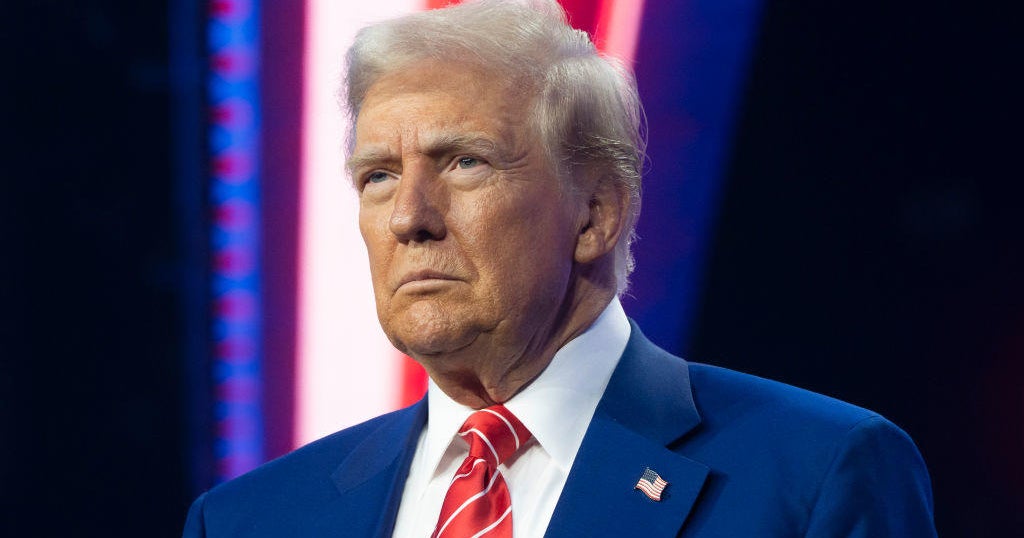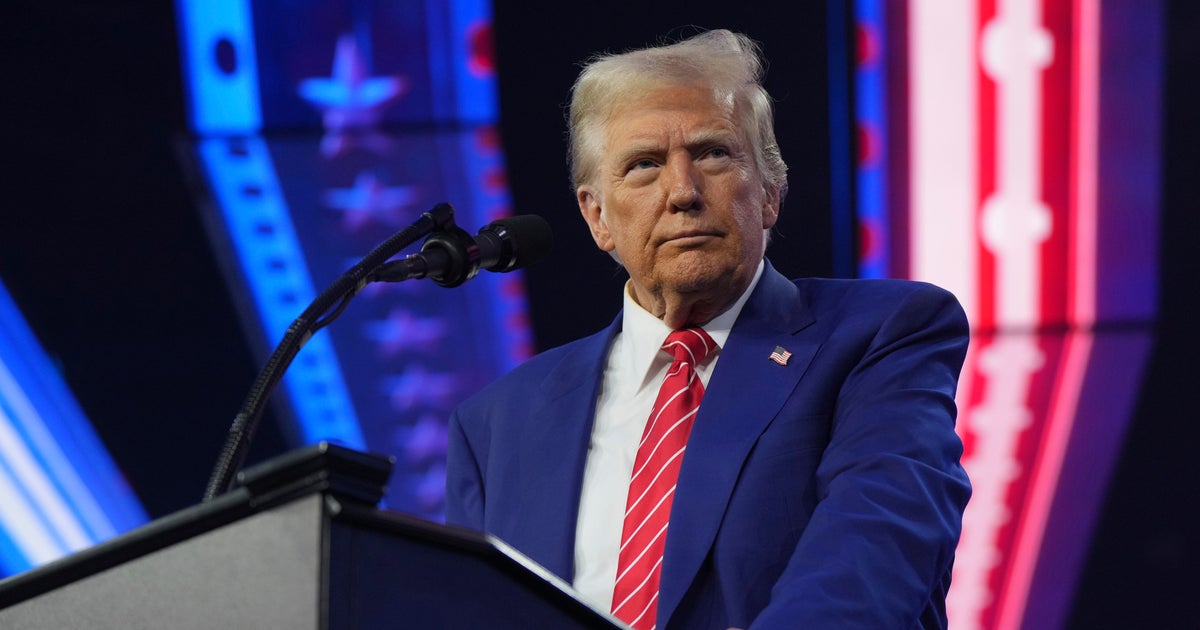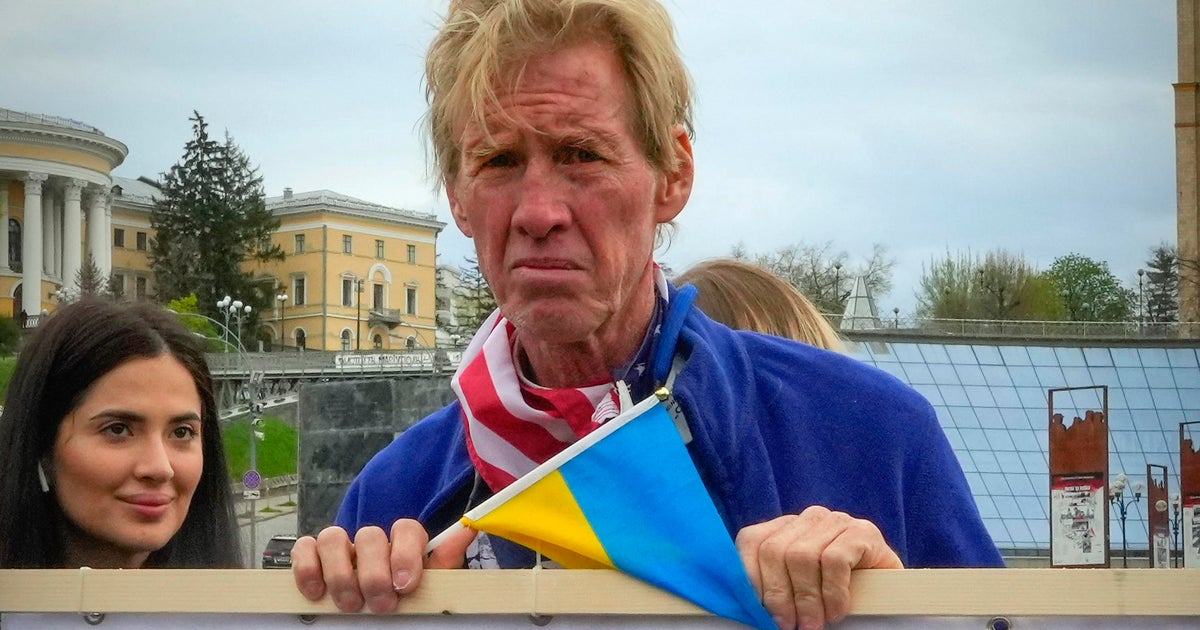U.S. ramps up mass expulsions of migrants as border crossings rise
U.S. immigration officials at the southern border carried out more than 20,000 summary expulsions of migrants last month as unauthorized border crossings increased by the thousands — despite strict U.S. coronavirus restrictions and lockdowns in Mexico and Central America.
Customs and Border Protection officials at the U.S.-Mexico border encountered more than 23,000 unauthorized migrants in May and swiftly expelled over 20,000 of them under an emergency directive by the Centers for Disease Control and Prevention, according to government statistics published on Friday. In April, the first full month of the public health order being in place, nearly 17,000 migrants were apprehended. Over 15,000 of them were expelled.
The CDC directive, which has been extended indefinitely, has given the Trump administration the power to rapidly remove most border-crossers from U.S. soil — a long-sought objective of the president's immigration agenda. In total, nearly 43,000 expulsions have been carried out since the CDC order was issued on March 20, according to CBP figures.
Though higher than in April, the number of apprehensions last month still pales in comparison to the more than 144,000 migrants apprehended or turned back at the southern border in May 2019 — the height of a months-long migratory surge of families from Central America.
CBP officials said the application of the CDC order is working as intended and curbing the number of migrants who would need to be detained in Border Patrol stations and immigration jails. "Implementation of COVID-19 policies allowed CBP to process and return, in under two hours, 96 percent of those subject to the Order, dramatically reducing human contact, the risk of spread, and the strain on U.S. healthcare facilities, helping the United States avert a public health disaster," the agency said in a statement.
Unlike last spring — when families from Guatemala, El Salvador and Honduras made up the bulk of those apprehended — about 82% of those processed by CBP in May were from Mexico, many of them single men, the agency said.
Despite the administration's praise, the CDC directive has elicited scathing condemnation from refugee advocates and Democratic lawmakers. They have particularly criticized the expulsions of asylum-seekers and unaccompanied migrant children, whose protections under U.S. law have been largely suspended during the pandemic. In May, 2,562 migrants — or just 11% of all those encountered — were processed under regular immigration laws.
The policy's application to unaccompanied minors garnered its first court challenges this week as the American Civil Liberties Union and other advocacy groups filed two lawsuits on behalf of a 16-year-old Honduran teenage boy in U.S. custody and a 13-year-old Salvadoran girl who was expelled in April. Though the relief sought in the lawsuits is limited to the two minors, advocates said they could pave the way for a legal effort to block the CDC order.
In May, the vast majority of those encountered — or 21,043 migrants — were single adults. Officials also processed 1,045 members of families with children and 1,001 unaccompanied minors. CBP declined to say how many of them were expelled.
Those processed under the CDC order have limited avenues to apply for humanitarian protection — which the Trump administration has accused migrants of exploiting to enter the U.S. in search of improved economic fortunes. Migrants whom officials seek to expel are not eligible for asylum and can only request for their deportation to be deferred under the United Nations Convention Against Torture, of which the U.S. is a signatory. Very few, however, have accessed this relief.
Between March 20 and May 27, border officials allowed 85 migrants processed under the CDC directive to tell asylum officers why they fled their home countries, according to unpublished government data obtained by CBS News. Just four of them passed their interviews and were allowed to apply for protection under the United Nations anti-torture treaty.
"It's going to be very difficult for the person fleeing persecution to be able to find safe haven here in the U.S.," Thelma Garcia, an immigration lawyer in south Texas, told CBS News, noting that she has not been able to reach many asylum-seekers since the CDC order took effect.
On Thursday, the administration unveiled the draft of a regulation that would redefine who qualifies for asylum and other U.S. humanitarian protections. Among many other restrictions, it would it make it exceedingly difficult for people to seek refuge from gender-based persecution, gang coercion and torture from government officials deemed to be acting in a "rogue" capacity.
Taylor Levy, an immigration attorney in El Paso, said the expulsion policy has prompted many migrants in northern Mexico to undertake more perilous border crossings. "I'm seeing families, small children taking more and more risky routes through really dangerous terrain because now they are trying to enter undetected, as opposed to in the past, when we always saw families entering very openly to seek asylum and request protection," Levy told CBS News.
Levy noted that U.S. officials have also used the CDC order to largely stop processing migrants and asylum-seekers at ports of entry — which is where the Trump administration has said people should seek U.S. refuge.
"Mexico continues to be an incredibly unsafe place for migrants. We continue to hear about constant kidnappings, rape, beatings and people are trying to save their lives," she added. "When there's no mechanism whatsoever for people to enter at the port of entry, or even put their name on a waiting list to enter for asylum, it just increases the desperation."
In its statement Friday, CBP also reported a rise in the number of tractor trailers it has intercepted trying to smuggle migrants into the U.S. "Migrants should never listen to the false promises of smuggling organizations, who don't care about their health and safety," acting CBP commissioner Mark Morgan said in the statement. "It's a dangerous, potentially deadly journey that will be futile if they survive. If they reach our border, they will be expeditiously sent back and not allowed to stay in the United States."
Though the CDC order is supposed to be reviewed every 30 days, there's currently no fixed end date. Citing the lack of a coronavirus vaccine, Ken Cuccinelli, the second-highest ranking official at the Department of Homeland Security, predicted this week that the order would stay in place for "a while."
CBP cited a statement from the World Health Organization — a United Nations agency President Trump has broken ties with — to defend the mass expulsions.
"CBP is taking this unprecedented action to prevent the spread of COVID-19 as the case count in Latin America is dramatically increasing," the agency said. "On May 22, 2020, the World Health Organization stated that Latin America has surpassed Europe and the United States in the daily number of reported COVID-19 infections and is currently the epicenter of the global outbreak."
The World Health Organization has specifically expressed concerns about the number of coronavirus cases in South America, especially in Brazil — the second-hardest hit nation worldwide, with 40,000 deaths.




